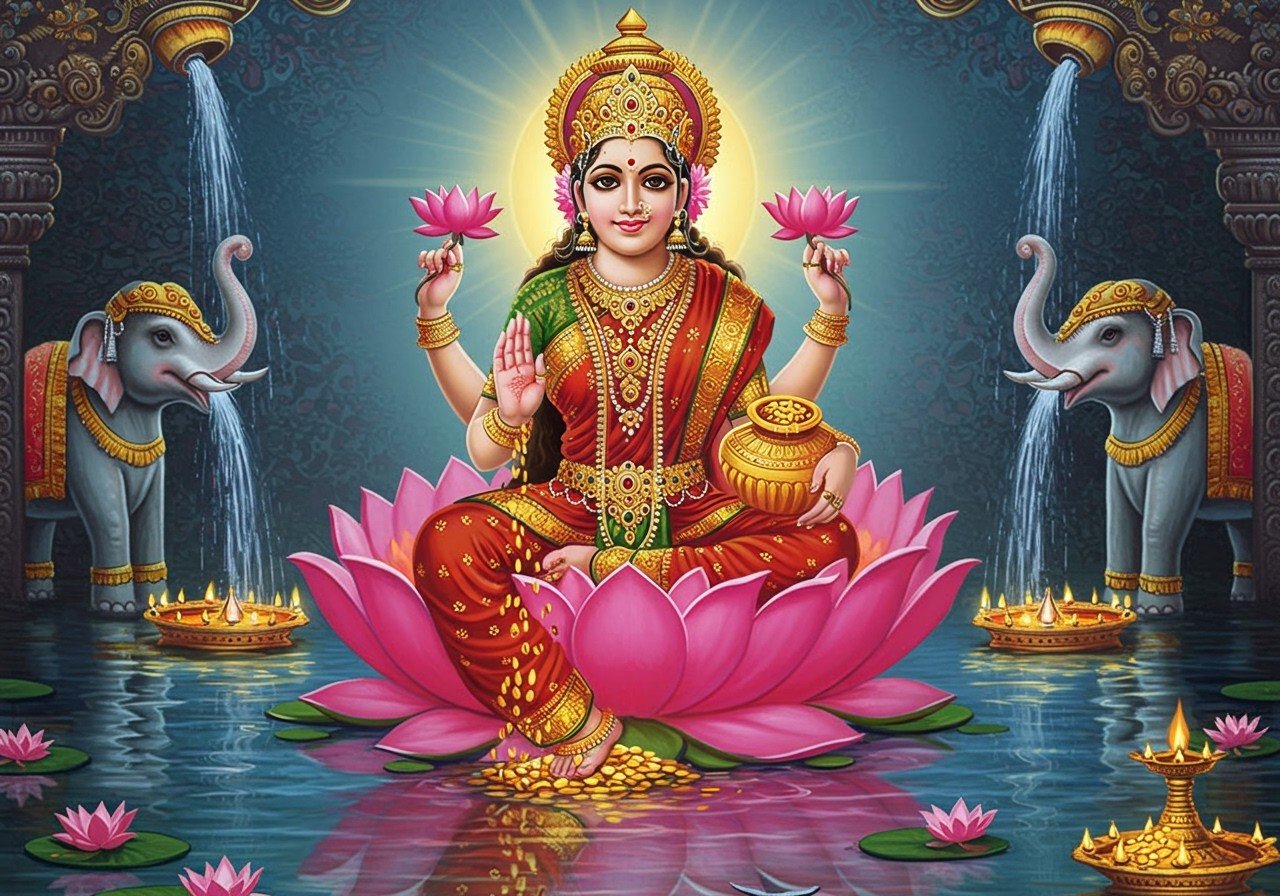
Mahalakshmi Devi, a central figure in the Hindu pantheon, is deeply revered as the goddess of wealth, prosperity, fortune, and divine grace. The name Lakshmi itself comes from the Sanskrit word “Lakshya,” meaning aim, goal, or ambition – a fitting tribute to her power to bless us with success in all our endeavors. As the consort of Lord Vishnu, she represents the harmonious union of power and beauty, embodying abundance, auspiciousness, and the fulfillment of righteous desires.
Her significance resonates throughout India, transcending regional differences and weaving its way into the fabric of our contemporary society, particularly during festive occasions like Diwali. Let’s delve into the rich tapestry of Mahalakshmi’s iconography and symbolism, exploring the various forms in which she graces us with her presence.
Mahalakshmi with Owl: Wisdom in the Dark
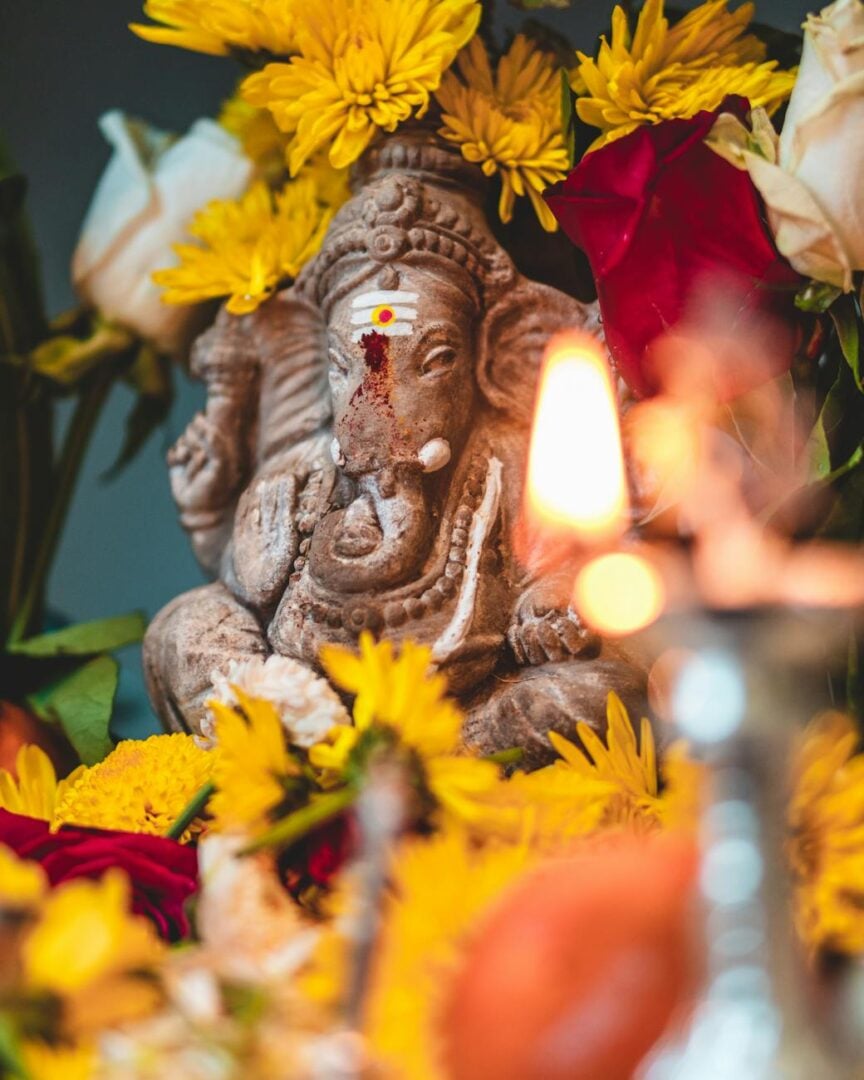
The owl, often depicted as Mahalakshmi’s vahana (vehicle), embodies profound wisdom and the ability to see beyond illusions. Just as an owl navigates effortlessly through the darkness, Mahalakshmi guides us through the uncertainties of life, illuminating our path with knowledge and prosperity. Dispelling ignorance and illuminating the truth, the owl stands as a revered symbol in Hindu iconography, reminding us to seek wisdom in all our pursuits. While some cultures may misunderstand the owl, in Hinduism, it is a powerful spiritual guide, leading us towards clarity and understanding.
In Bengal, during the enchanting Kojagari Lakshmi Puja, the image of Mahalakshmi with an owl takes on special significance. The rituals associated with this imagery emphasize introspection and mindful decision-making, particularly in financial matters – a principle that resonates deeply with modern values. This timeless symbolism encourages us to cultivate wisdom and make informed choices, reflecting the enduring relevance of Mahalakshmi’s teachings in our daily lives.
Gajalakshmi: Abundance and Royal Grace
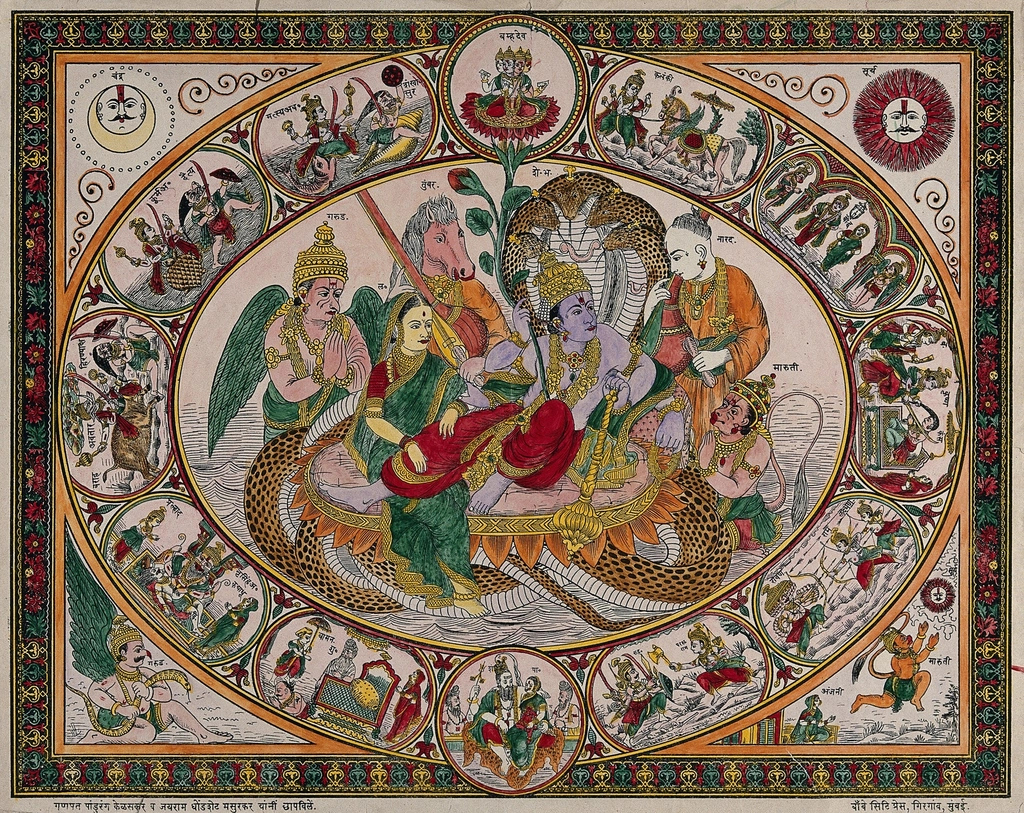
Gajalakshmi, a truly captivating form of Mahalakshmi, features majestic elephants in her imagery. These gentle giants, symbolizing royalty, strength, fertility, and wisdom, enhance her association with abundance, grace, and the blessings of nature. Often depicted showering water upon the goddess, the elephants represent divine blessings and purification, connecting us to ancient Indian traditions where elephants played vital roles in rituals and royal ceremonies.
In temples across India, Gajalakshmi is invoked for prosperity, protection, and the stability that comes from aligning with divine forces. Her presence serves as a powerful reminder of the natural world’s abundance and its deep connection to the divine. Devotees seek her blessings for success in all their endeavors, finding hope and inspiration, especially during challenging times. Her imagery transcends even the boundaries of Hinduism, influencing art and architecture across Asia, resonating with cultural themes of fertility, continuity, and the enduring power of nature.
Mahalakshmi with 18 Hands: Embracing Life’s Complexities

Mahalakshmi’s 18-handed form offers a unique and awe-inspiring vision of her divine powers. Each hand holds a symbolic object, representing a different facet of life – the lotus for purity, the conch shell for auspiciousness, the mace for strength and protection, and so on. This multifaceted imagery reflects her omnipotence and her ability to bestow diverse blessings upon her devotees.
Particularly during Navaratri, this form of Mahalakshmi is celebrated for its profound symbolism. It encourages us to strive for balance amidst life’s complexities, embracing its many dimensions with grace and wisdom. This powerful iconography continues to inspire artistic expressions and spiritual practices even today, serving as a guide for those seeking harmony and fulfillment in their lives. It reminds us of the interconnectedness of all things, urging us to approach life’s challenges with strength and resilience.
Mahalakshmi with Money: Prosperity and Ethical Wealth
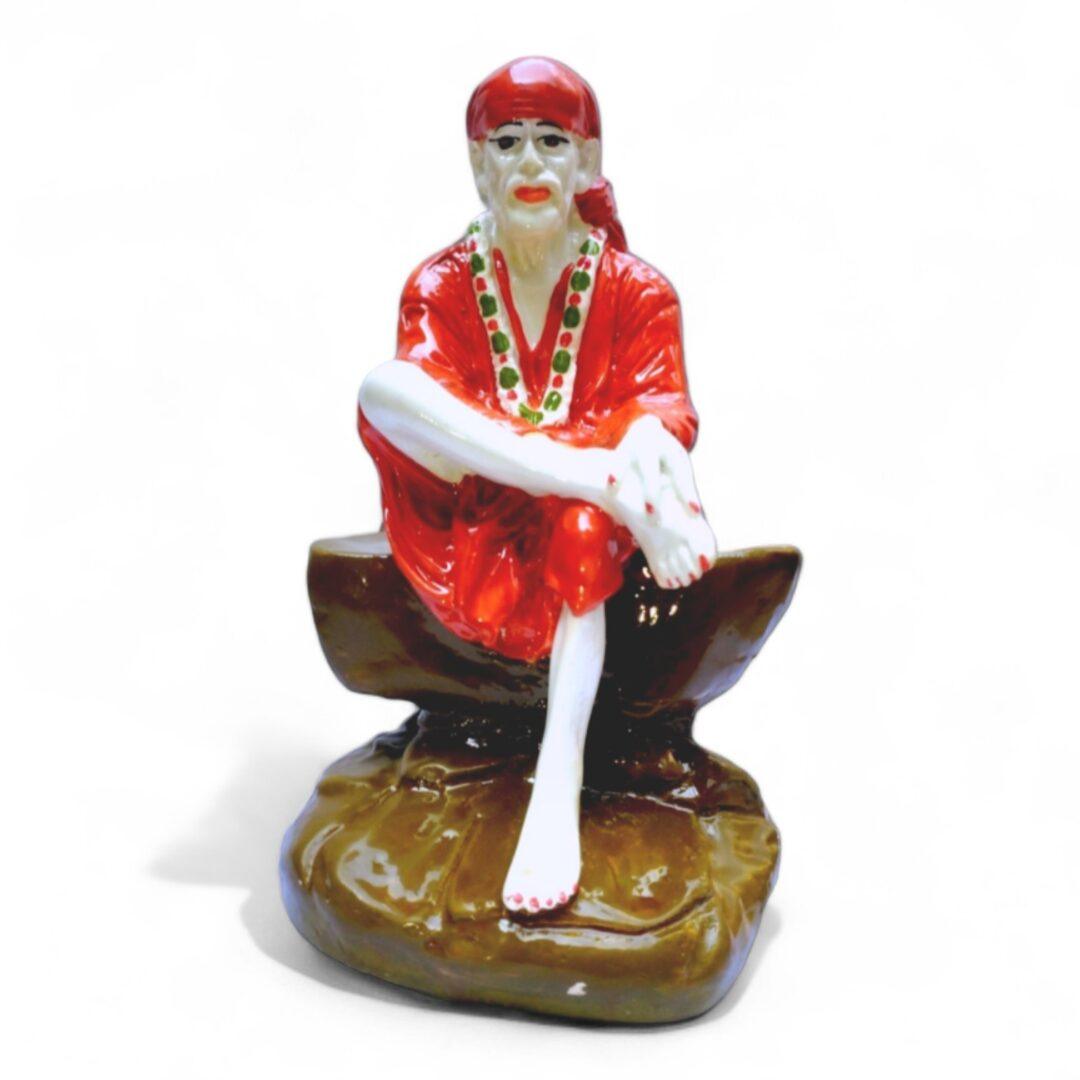
The depiction of Mahalakshmi with coins flowing from her hands signifies material wealth, prosperity, and the endless cycle of giving and receiving. During Diwali and Lakshmi Puja, invoking her blessings for financial success is a cherished tradition. However, this imagery goes beyond mere material gain; it promotes the virtuous use of wealth for the betterment of society and emphasizes personal growth through ethical considerations.
In today’s world, where financial security is a universal aspiration, Mahalakshmi’s symbolism adapts to modern financial concepts while staying true to traditional values. It encourages responsible stewardship of resources, reminding us of wealth’s true purpose – not just personal accumulation but also contributing to the well-being of our communities. This resonates deeply with the Indian ethos of sharing prosperity and using our resources for the greater good.
Explore our exquisite collection of Dhan Lakshmi Ganesh Murtis
Mahalakshmi with Gold: Purity and Spiritual Riches
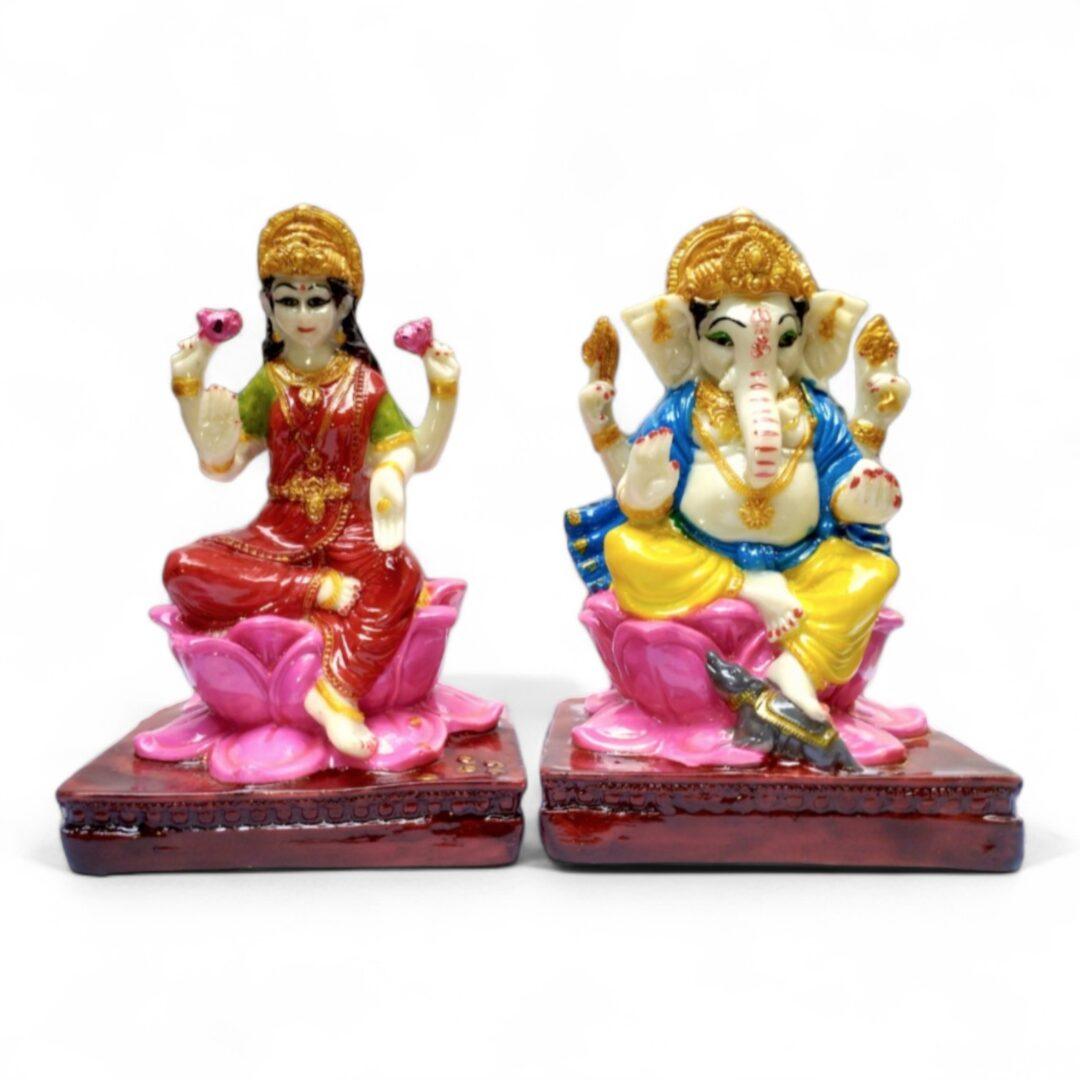
Gold, a symbol of purity and prosperity deeply rooted in Indian culture, plays a significant role in Mahalakshmi’s iconography. It enhances her allure, signifying both material and spiritual riches. Offerings of gold to the goddess express deep devotion and gratitude, connecting us to our cultural heritage and reminding us of the inner spiritual wealth that Mahalakshmi bestows upon her followers.
In modern India, the tradition of buying gold during weddings and festivals continues to symbolize abundance and prosperity, echoing Mahalakshmi’s timeless appeal. As we celebrate these traditions, it’s also important to reflect on the source of this precious metal and strive for sustainability in gold mining – a conversation gaining increasing importance today. Gold, therefore, serves as a bridge between tradition and modernity, reminding us to honor our heritage while embracing responsible practices.
Bring home the blessings of Lakshmi Ganesh with our divine Murtis.
Iconography and Symbolism: A Deeper Dive
- Four Arms: Representing Dharma (righteous conduct), Artha (wealth), Kama (desire), and Moksha (liberation), Mahalakshmi’s four arms embody the four pillars of a fulfilling human life, reminding us to strive for balance in all our pursuits. Each arm signifies a different aspect of our existence, encouraging us to pursue both material and spiritual well-being.
- Lotus: The lotus flower, a symbol of purity, spiritual awakening, and liberation, embodies the ability to remain pure amidst worldly challenges. Just as the lotus blooms beautifully from the mud, Mahalakshmi teaches us to rise above adversity and maintain our inner purity. It serves as a powerful reminder of our potential for spiritual growth and enlightenment.
- Gold Coins: Showering from her hands or held in a jar, gold coins symbolize prosperity and wealth, both material and spiritual. This emphasizes the importance of abundance in all aspects of life, reminding us to cultivate prosperity not only in our finances but also in our relationships, health, and spiritual practices. It’s a reminder that true wealth encompasses much more than just material possessions.
- Abhaya Mudra: This gesture of protection and blessing signifies Mahalakshmi’s benevolent nature and her willingness to guide and protect her devotees. It offers reassurance and comfort, reminding us that we are not alone in our journey and that divine blessings are always available to us.
- Color Symbolism: Mahalakshmi is depicted in various colors, each with its own significance: dark as the consort of Vishnu, golden yellow as the source of wealth, white as the purest form of nature, and pinkish as an embodiment of compassion for all beings. These diverse colors reflect her multifaceted nature and her ability to connect with us in various ways.
- Vehicles: The owl, symbolizing wisdom and patience, and the elephant, representing strength and royal authority, serve as Mahalakshmi’s vehicles, reflecting her diverse qualities. The owl reminds us to seek wisdom even in darkness, while the elephant embodies strength and groundedness, helping us navigate life’s challenges with grace and resilience.
- Other Symbols: The pot symbolizes the earth’s abundance, the discus (chakra) represents protection and the ability to overcome obstacles, and the conch-shell (shankha) signifies auspiciousness and the spread of positive energy. These symbols, when taken together, paint a complete picture of Mahalakshmi’s power and benevolence.
Find beautifully crafted Puja items for your spiritual practices at Poojn.in.
Embracing Mahalakshmi’s Timeless Wisdom
Mahalakshmi’s imagery, rich in symbolism and cultural significance, continues to inspire and guide us today. Whether it’s the gentle grace of Gajalakshmi with elephants, the powerful symbolism of the 18-handed Mahalakshmi, or her association with wealth and gold, each depiction offers valuable insights into the nature of prosperity, balance, and spiritual richness.
Her images remind us to honor our traditions while embracing modernity, to use our resources wisely and ethically, and to strive for a harmonious balance in all aspects of our lives. By connecting with these powerful symbols, we tap into our rich heritage and find strength, guidance, and inspiration for the future. In celebrating Mahalakshmi, we celebrate the abundance and complexity of life itself, embracing her timeless teachings and allowing her blessings to enrich our lives and communities.


